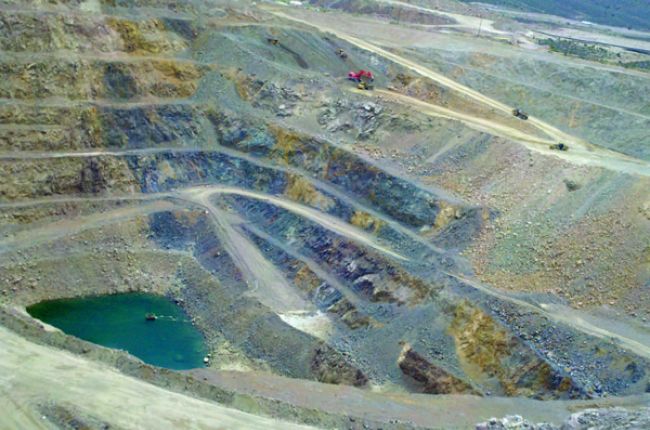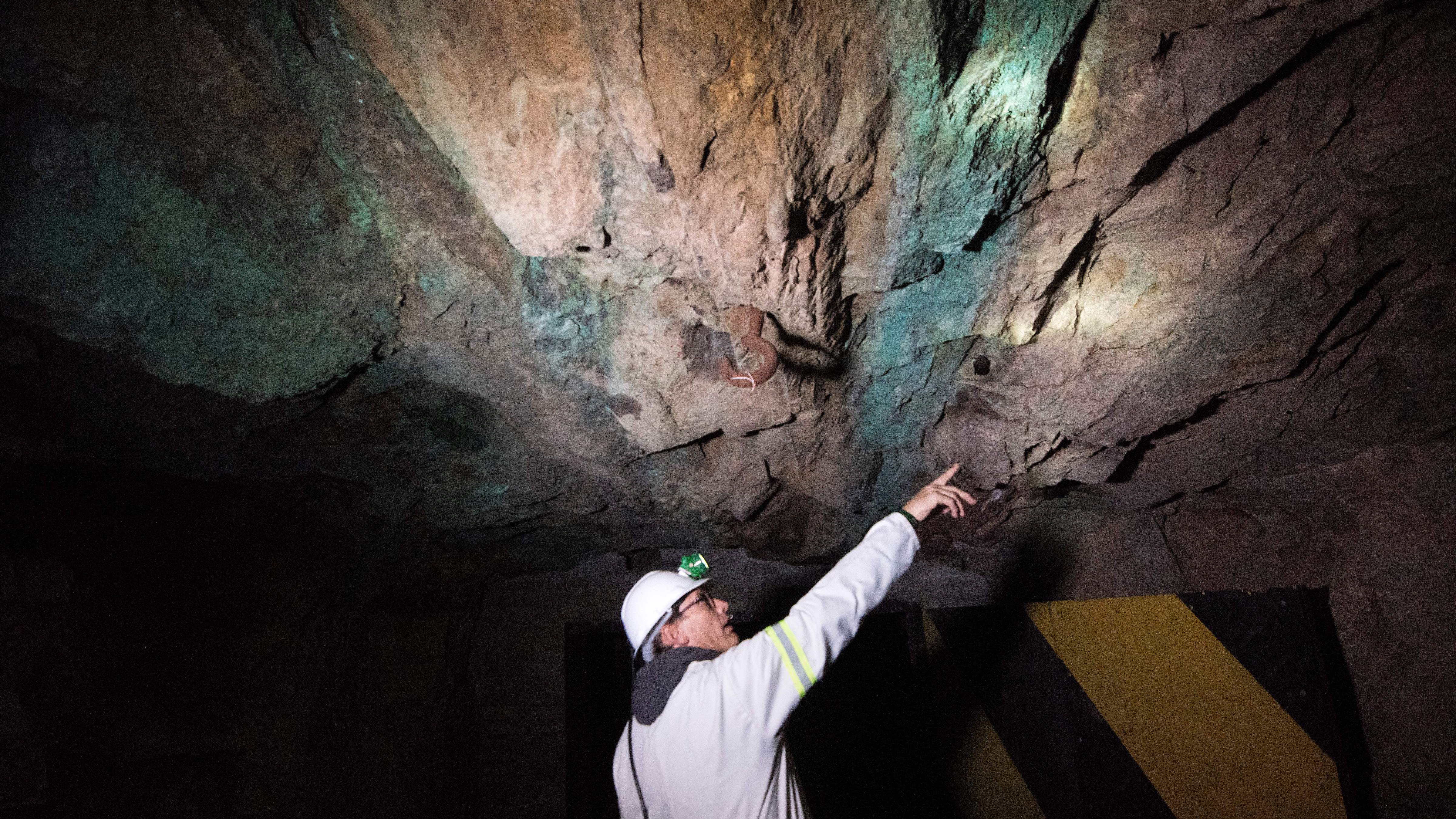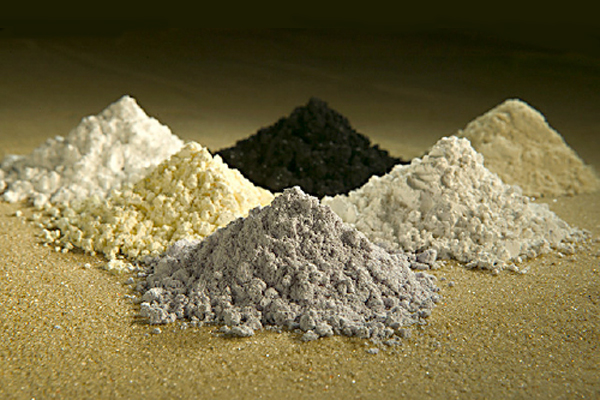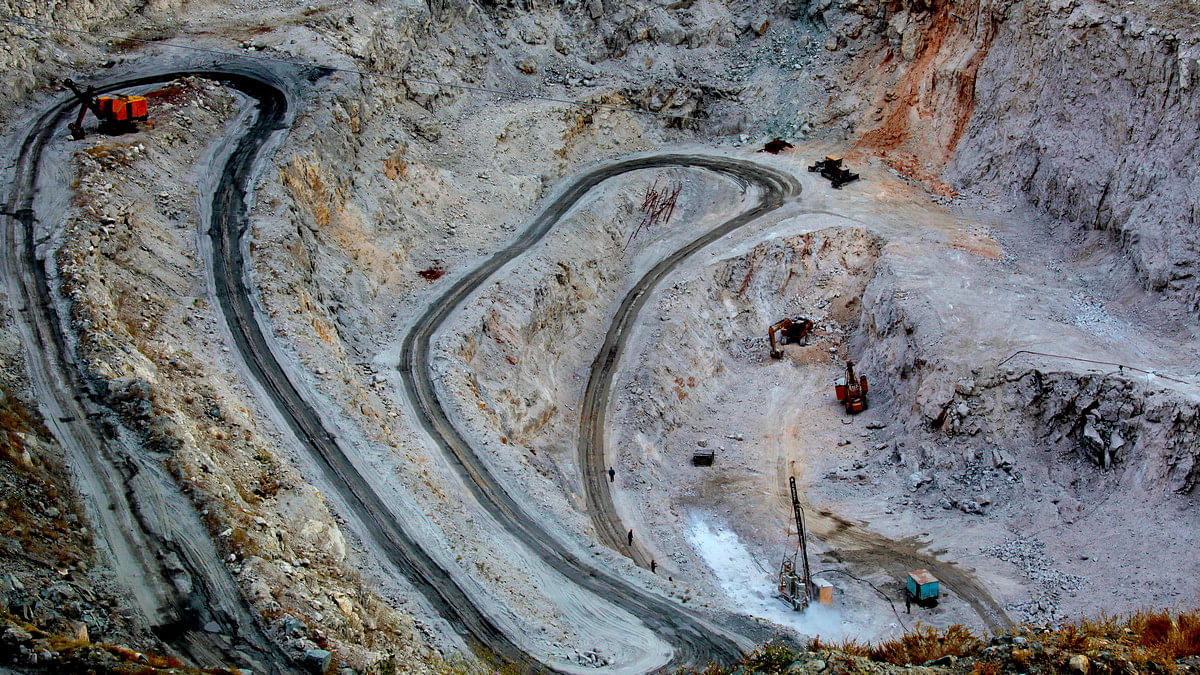China’s Rare Earths Dominance And Its Huge Impact On Global Supply Chains
China's control over the rare earths market has brought about a significant shift in the dynamics of global supply chains. U.S. Trade Representative Katherine Tai highlighted this dominance, stressing how it makes the United States' supply chains vulnerable to China's strategic decisions. Rare earth metals, essential components in advanced technology products such as electric car motors, have become a critical global market where China's influence looms large.

China’s Rare Earths Dominance
China’s strong position in the rare earths market is the result of years of strategic planning and policies aimed at cornering this vital sector.
Over time, China has developed the capability to process rare earth metals, giving it significant pricing power and leverage over other nations dependent on these materials.
Rare earth metals are used in high-tech products such as electric car motors. Over the decades, China has built up its ability to process the metals — giving it enormous pricing power in a critical global market.
“What I want to draw your attention to is not just the vulnerabilities around China’s investments [overseas], but the fact that China’s dominant position in the world market now in [rare earths] means that it is able to turn on the faucet and turn off the faucet,” Tai said.
“And until we are able to access and create additional supply chains we remain entirely vulnerable to that leverage,” the U.S. trade representative said. Tai was speaking in New Delhi, India, on the sidelines of B20, the official business dialogue forum of the G20.
Tai pointed out that about a decade ago, China raised rare earths prices so high that some U.S. mines could operate in the industry again, only to have to close once China cut prices.

The United States once held a majority stake in the rare earths market, but lower overseas labor costs and less stringent environmental regulations caused the industry to shift away from the U.S.
Meanwhile, China invested heavily in its rare earths industry, enabling it to control the production and the global supply chain straight down to processing and manufacturing.
The Chinese government sets economic plans at least every five years, with some goals — such as boosting self-sufficiency in technology and reaching carbon neutrality — set years earlier in advance.
While such top-down planning isn’t guaranteed to achieve results, the electric car industry has become an example of where the Chinese industry has captured significant market share across the supply chain, including the end product.
In the case of rare earths, Tai pointed out that China has a monopoly in the global market. She noted that in the case of Australia’s lithium production, China is also the only buyer — giving Beijing another point of market leverage.
While lithium is a critical component of electric car batteries, it isn’t one of the 17 metals scientifically categorized as rare earths.

Vulnerabilities and Impact on Supply Chains
Tai’s interview emphasizes that China’s dominance in rare earths allows it to exert control over global supply chains.
The U.S. and other nations are highly dependent on China for these crucial materials. This reliance creates vulnerabilities, as China could manipulate supply and prices to achieve its geopolitical and economic goals.
China’s decision to raise rare earth prices a decade ago had a direct impact on U.S. mines and it became necessary to diversify supply chains and create alternatives not solely dependent on China’s production capabilities.
Efforts to Reduce Dependency on China
Various countries are now taking substantial steps having recognized the dangers posed by overreliance on China, and to reduce their dependency on Chinese rare earths.
For instance, the U.S. government has initiated multibillion-dollar initiatives to incentivize domestic production of critical technologies, aiming to regain a significant share of the rare earths market.
Similarly, Australia, Canada, the European Union, are actively working to bolster their domestic rare earths sectors through investments in research, development, and production capabilities.
Moreover, Tesla’s decision to move away from using rare earths in its future models indicates a growing concern about the environmental and supply risks tied to these materials.

Global Trade Dynamics and Implications
China’s dominant position in the rare earths market also holds broader implications for international trade dynamics.
The “phase one” trade agreement between the U.S. and China aimed to address trade imbalances, but China’s failure to meet purchase targets has raised questions about the efficacy of such agreements.
Tensions between the U.S. and China have escalated beyond trade, encompassing technology and finance as well, influencing global business strategies. These dynamics have prompted businesses to explore opportunities in countries like India, where relations with the U.S. have improved significantly, potentially leading to the reconfiguration of traditional trade routes.
Rare Earths
Rare earths, a group of 17 elements crucial for a range of products from electronics to renewable energy technologies, have underscored China’s global influence — Lanthanum, Cerium, Praseodymium, Neodymium, Promethium, Samarium, Europium, Gadolinium, Terbium, Dysprosium, Holmium, Erbium, Thulium, Ytterbium, Lutetium, Scandium and Yttrium.

Understanding Rare Earths and Their Applications
Rare earths, encompassing elements like lanthanum, cerium, and neodymium, find applications in diverse technologies. They contribute to lasers, military equipment, electric vehicle magnets, wind turbines, and consumer electronics like iPhones. Their versatility makes them indispensable in modern industries.
China’s Pivotal Role in the Rare Earths Supply Chain
China commands a remarkable share in both rare earths mining and processing. In 2022, it produced 70% of the world’s rare earths, according to United States Geological Survey (USGS) data.
Additionally, China boasts around 85% of global processing capacity, solidifying its control over the crucial supply chain.
However, despite China’s dominance, its rare earths exports have been decreasing, with 2023 seeing a 4.4% YoY decline in the first five months.
Rare Earth Reserves
China possesses substantial rare earth reserves, estimated at 44 million metric tonnes of rare earth oxide equivalent (ROE). This constitutes around 34% of global reserves, as per USGS data. Countries like Vietnam, Russia, Brazil, India, Australia, and the United States also hold reserves, but their quantities vary significantly.
2010, China’s Export Restrictions
In 2010, China disrupted global rare earths supply by withholding exports to Japan amid a territorial dispute. Subsequently, it curbed rare earths exports citing environmental concerns. This prompted challenges from Japan, the European Union, and the United States at the World Trade Organization. The episode prompted Japan to diversify its supply sources and invest in alternative producers.

Challenges in Production Escalation
Ramping up rare earths production outside China poses challenges. These elements occur in low concentrations and are often intermixed with radioactive materials like uranium and thorium. Their chemical properties complicate extraction and processing, leading to significant generation of toxic waste.
Global Efforts to Reduce Dependence on China
Western nations are actively promoting domestic production of rare earths to reduce reliance on China. Countries like Australia, Canada, the European Union, and the United States are implementing policies and support packages to enhance their critical minerals sectors. Nevertheless, due to limited domestic capabilities, some operations still rely on China for processing.
Tesla and China’s Quotas
Tesla, one of the leading electric vehicle manufacturer is also taking innovation a step furhter by minimizing rare earth usage in future models; this step is to mitigate environmental risks and supply uncertainties.
In contrast, China has raised its rare earth mining quota for five consecutive years, reaching 210,000 metric tonnes in 2022.
The Last Bit, China’s rare earths dominance has reshaped global supply chains and highlighted vulnerabilities in key industries.
China’s ability to control pricing and supply gives it a significant leverage in the international arena, impacting not just the economic but also the geopolitical landscape.
Hence, efforts by various countries to reduce dependency on Chinese rare earths indicates their urgency to diversification.
As nations strive to secure their supply chains and navigate trade complexities, the rare earths market remains a crucial area of strategic concern in the evolving global dynamics, emphasizing the need for collaborative international efforts to establish sustainable alternatives and safeguards.




